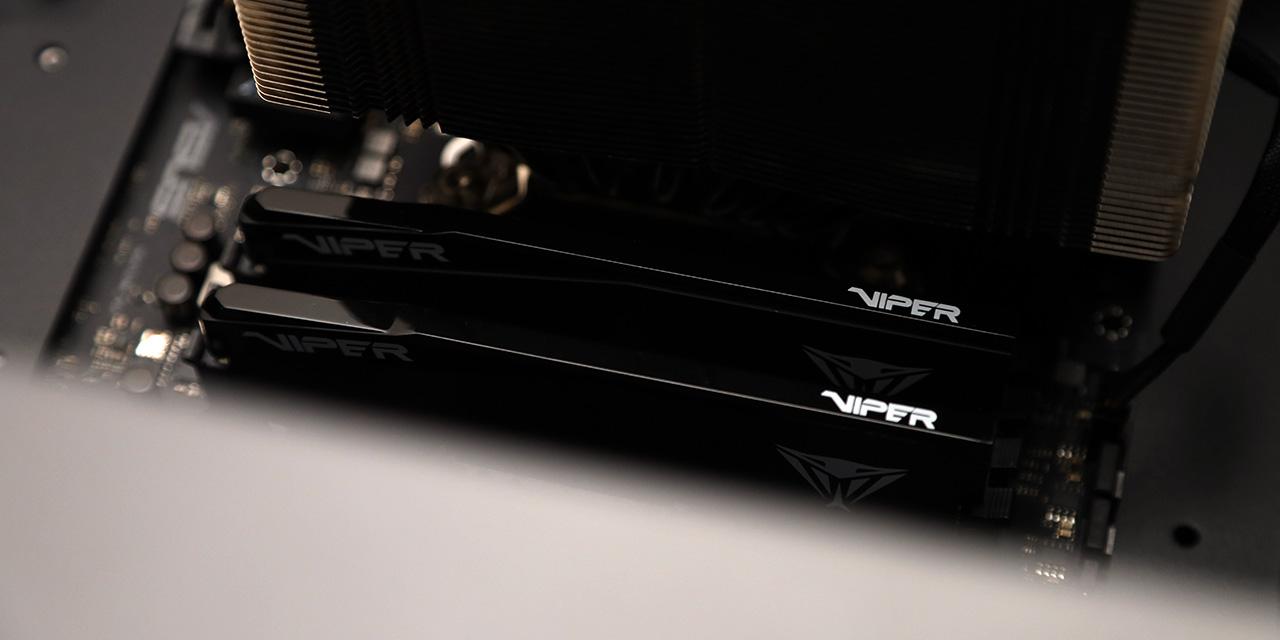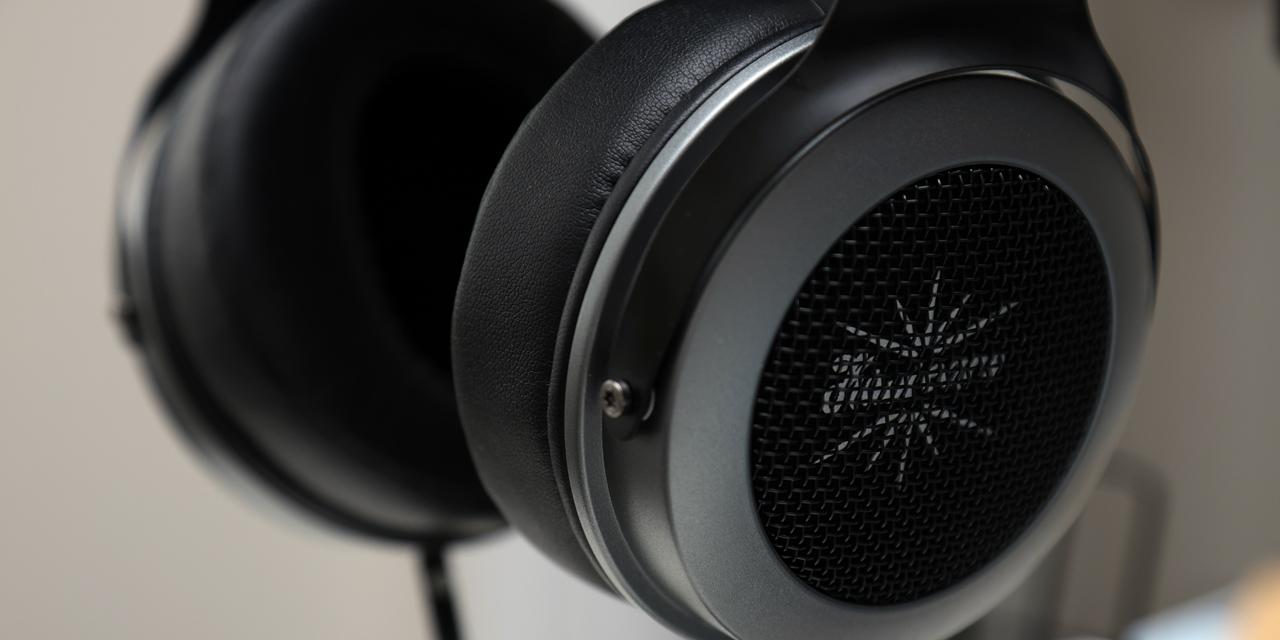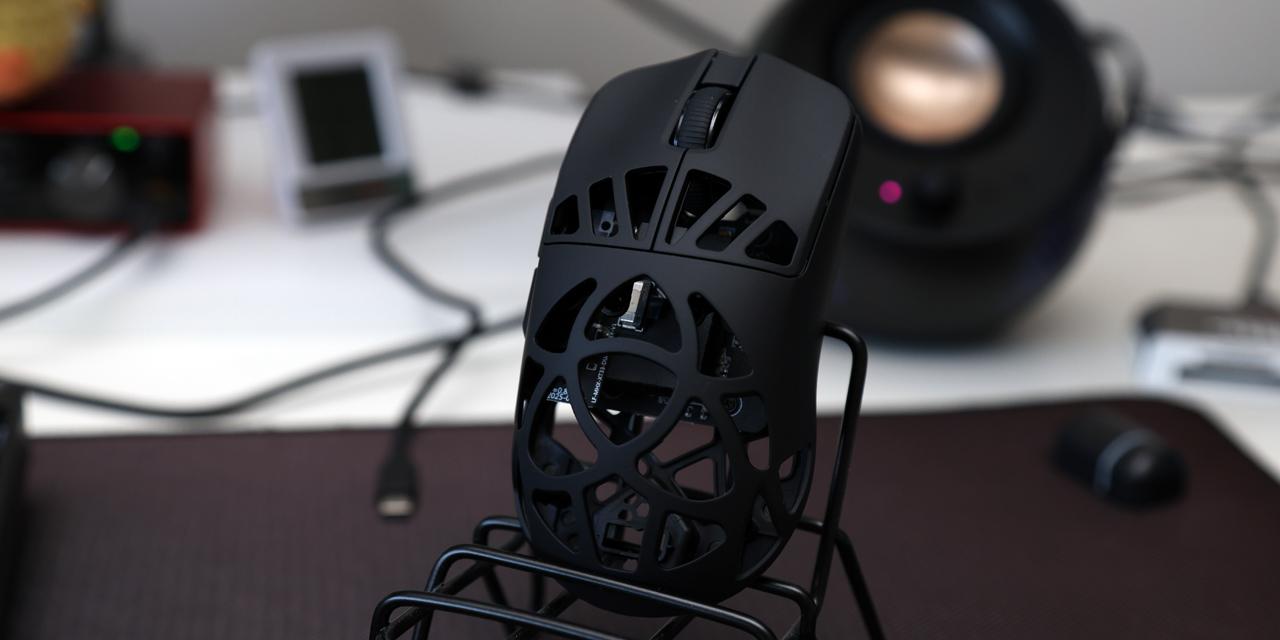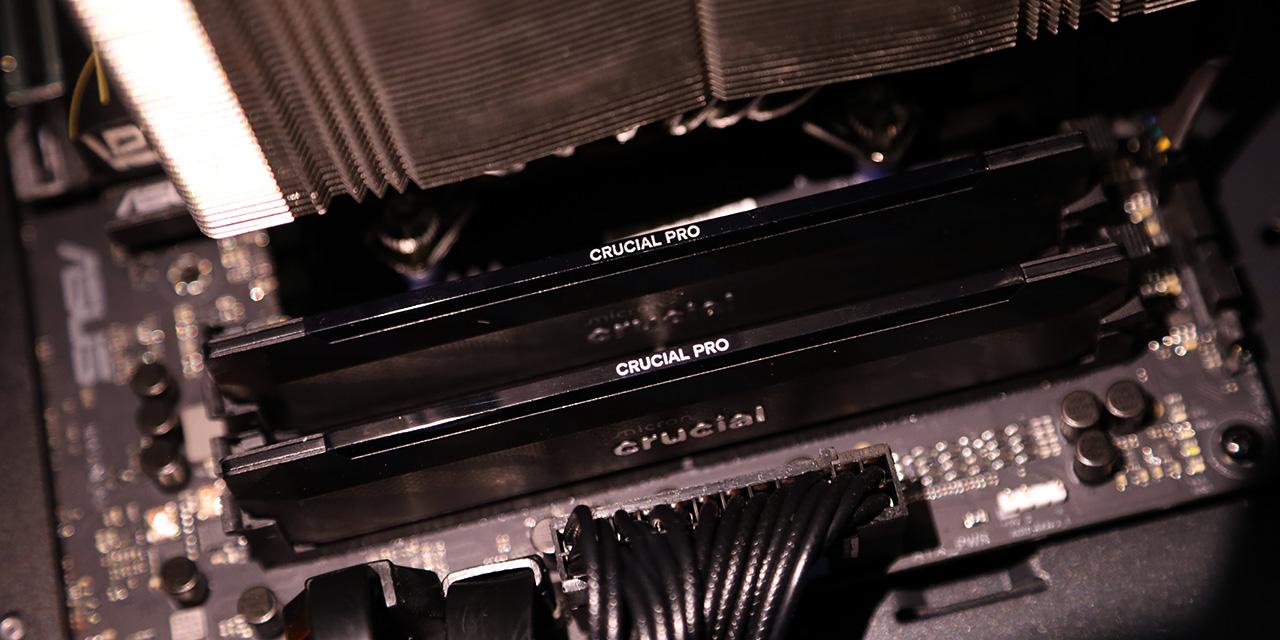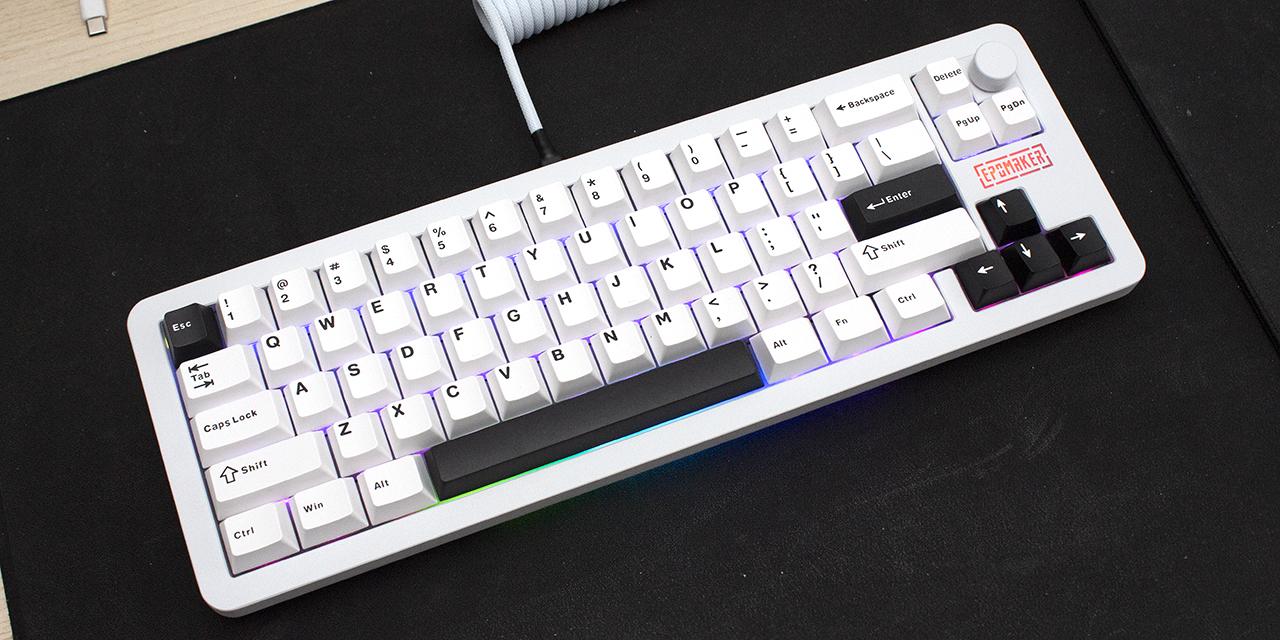
By: Aaron Lai
October 17, 2025
This year for hockey, I joined a fantasy hockey league, which is something I have not done since high school. Back then, I spent a lot of hours on it to make sure my team was competitive, I was picked to draft seventh out of fourteen teams in a snake draft format. I hope I did a decent job with the players I picked, but we will see as this season goes on. My real goal with the pool is to have some fun and learn all the younger players in the league. It was obvious from the players I drafted that I was among the older people participating in our pool, because the people I drafted were also on the more mature end of NHLers. There are question marks throughout my lineup, but a good team depends on everyone to really pull their weight. You will never get a team of all-stars in every position, so you really must find good sleeper picks. In a similar vein, a keyboard may have one or two individual features that stand out, but every aspect needs to come together to make a good keyboard great. Conversely, if a keyboard is let down in one or two areas, it could tank the whole product. Today, we have the Epomaker HE80, a Hall effect keyboard that is meant to be budget-friendly yet offers recent advancements. How does the Epomaker HE80 compare? Is it a solid option across the board, or are there some key aspects that struggle? Let us read on to find out!

Today's review unit of the Epomaker HE80 arrived from Epomaker's offices in Shenzhen, China. Traveling with YunExpress all the way to our APH Networks location here in Calgary, Alberta, this large parcel was wrapped in a white shipping bag and sealed with orange tape to ensure no one would tamper with the contents inside. Thankfully, this was enough protection for the keyboards, as there were no scratches or observable dents on either this container or the retail boxes inside. In addition to the HE80, we also received the Epomaker HE68 Lite, which is reviewed by my colleague Jadon Lee.

Out of the packaged parcel, we have retail containers of both Epomaker products. Interestingly, there seems to be a more common box style, as both the HE80 and HE68 Lite look like they belong to the same family. It also has similar vibes to the Magcore 87, so hopefully Epomaker has finally found a layout that sticks. Otherwise, the HE80 box is clear with the product name in big letters on the front. A descriptor of "75% Type-C Wired Hall Effect RGB Magnetic-switch Gaming Keyboard" is printed above the name, along with the fact there are eighty-two keys on this board. Other highlighted features include the 75% layout, the Hall effect switches, adjustable actuations, 8kHz polling rate, and customizable RGB backlight. We will explore these features and more later in our review.
Before we continue, I have grabbed the specifications from the manufacturer's website for your reading pleasure:
Brand: EPOMAKER
Model: HE80 Wired Hall Effect Keyboard
Layout: 75% Layout, US QWERTY
Number of Keys: 82 Keys
Battery: No Battery
Connectivity: Wired Only (USB A to USB C)
Front Height: 2.2cm
Typing Angle: 6, 8.5 and 11.5 degree
Case Material: Plastic
Plate Material: FR4 Plate
Flex-Cut: No Flex-Cut
Stabilizers: Plate-Mount Stabilizer
Mounting Structure: Gasket-Mount
Sound Dampening: 4 Layers of Paddings, including Latex Sandwich Foam, IXPE Switch Pad, Bottom Silicone and Bottom Foam
Keycaps Profile: Cherry Profile
Keycaps Material: PBT Keycap and Extra PC Transparent Keycap
Keycaps Manufacturing Technique: Double-Shot
Hot swappable: Yes, with other south-facing magnetic switch
RGB: Yes, per-key south-facing RGB backlight
Polling Rate: 8000hz polling in wired mode
Scan Rate: 32,000 scanning and 128,000 per-key scanning
Latency: 0.125ms
Anti-Ghosting: Yes, HE80 supports N-Key Rollover
Compatibility: Mac/WIN/Android/Linux/PS4/PS5/Switch
Keyboard Dimensions: 33.2*14.6*4.2cm
Keyboard Weight: 0.83kg

Out of the box, the Epomaker HE80 is in a translucent plastic bag to prevent scratches on the keyboard. We also have several accessories hidden under the box. This includes a wrapped USB Type-C to Type-A cable, set of four extra PBT keycaps, pair of additional Hall effect switches, and a combination keycap-switch puller. There is also a quick start guide for more usage information.
Page Index
1. Introduction, Packaging, Specifications
2. A Closer Look - Hardware and Software
3. A Closer Look - Disassembly and Internals
4. Conclusion
